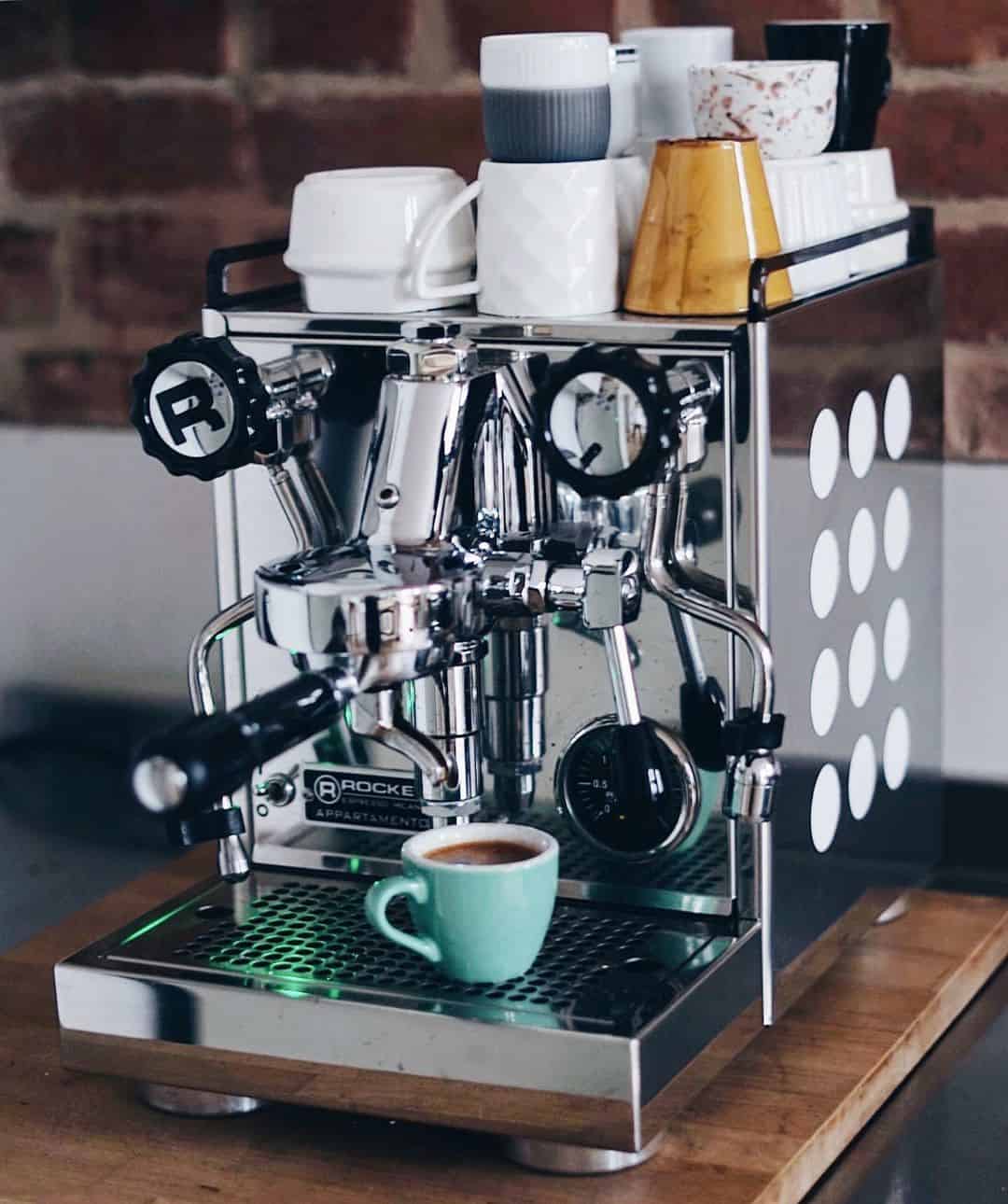The unique taste of an authentic Italian espresso made with an espresso machine Italy is something that many coffee lovers around the world crave. If you have an Italian espresso machine in your home, you know how special it is to make a perfect cup every time. Proper maintenance is essential to ensure that your espresso machine continues to provide years of delicious coffee. Here are some tips for maintaining your Italian espresso machine for longevity and optimal performance.
Cleaning After Each Use
Having an espresso machine means having to clean it properly after each use. Ensure you remove all grounds inside the portafilter before putting it into the dishwasher or washing it by hand. A damp cloth can be used to wipe down the outside parts of the machine after each use as well. This will help keep any build-up away and will keep your espresso tasting great.

Descaling Regularly
Your Italian espresso machine needs to be descaled regularly to maintain optimum performance and to prevent blockages caused by mineral deposits built up over time from hard water or other sources. It’s best to descale every three months, but this may vary depending on how much you use your machine and the hardness of the water supply in your area. Using a good quality coffee machine descaler will help to ensure that your machine is safe to clean and will also be more effective at removing limescale than alternative methods such as vinegar or lemon juice, which can be harsher on parts of your machine such as rubber seals or tubes.
Replacing O-rings and seals
O-rings and gaskets are responsible for keeping pressure in check, so they need to be checked regularly for signs of wear and tear such as cracking, fraying or warping due to heat exposure over time – if not replaced when necessary, these components can cause pressure problems leading to poor extraction, which negatively affects flavour and texture, as well as potentially damaging other components in the machine if too much pressure builds up (e.g. broken valves). Regularly replacing these components with genuine OEM parts according to the manufacturer’s guidelines will keep them in good working order and ensure that everything runs smoothly throughout the operation without too much strain on any one component, as they are able to withstand the constant high-pressure conditions found within an espresso machine setup without compromising safety standards!
Checking boiler pressure & temperature
Checking the boiler pressure & temperature is important for ensuring optimum performance levels from your Italian espresso machine – not only will this allow you to adjust output accordingly, but it will also help to identify potential problems early on, before they become serious enough to require costly repairs down the line (e.g. replacing entire heater/boiler assemblies). Generally speaking, most models should operate at around 15 bar, although this figure may vary slightly depending on the type of model, so please refer to the user manual specifications beforehand when checking these parameters manually yourself using tools such as thermometers or special gauges available from specialist suppliers online etc… Additionally; note that boilers should never exceed their maximum temperature setting recommended by the manufacturer, otherwise the risks associated with excessive heat exposure could lead to potentially dangerous situations occurring which may require urgent attention by qualified technicians immediately!
Upgrading internal components
Upgradable internal components are becoming increasingly common on newer models – typically these include things like pumps, flow regulators, solenoid valves. Upgrading these parts will usually result in improved performance levels over stock units whilst also providing additional protection against any future problems arising from natural wear & tear over time, as upgraded units tend to be of a higher quality than their non-upgradeable counterparts, often featuring advanced materials, construction designs etcetera… However; bear in mind though that upgrading isn’t always necessary unless absolutely necessary, e.g, if the existing part has already started to show signs of significant deterioration, then replacement would definitely be worth considering here, even though the cost involved is usually higher than just repairing the faulty unit itself!
Proper storage when not in use
When you’re not using any type of machine, especially electronic ones like an espresso machine, it’s important to store it properly when not in use to avoid damage, moisture build-up, dust particles coming into contact with sensitive areas, causing short circuits, possibly irreparable damage later… Always try to completely turn off the power source before storing equipment somewhere dry cool out of direct sunlight ideally covered with some sort of cloth further protect exposed surfaces especially in case of external elements affected usage environment such as metal casing rust corrode quickly when exposed to rain water dust particles continuously unprotected periods long time… A good rule of thumb here would always double-check connection terminals to make sure everything is securely locked position prevent anything from moving freely accidentally disconnects happen unexpectedly during storage thus resulting in unnecessary delays return to the operational state once ready and used again next occasion desired!

Conclusion
Ensuring that your Italian espresso machine receives regular maintenance will ensure that it operates at peak performance level year after year – cleaning after each use, descaling regularly, replacing O-rings & gaskets, checking boiler pressure & temperature, upgrading internal components and storing properly are all important steps towards achieving this goal, helping to make delicious cups of coffee possible anytime you want them in the comfort of your own home without worrying about running into technical difficulties along the way during the process!

